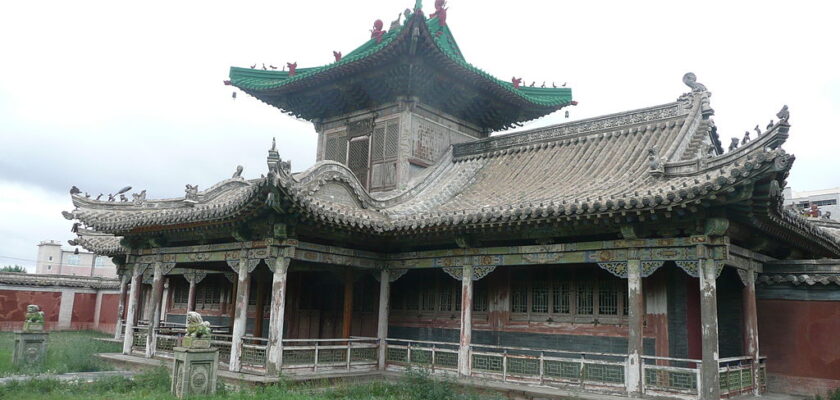Bogdo-gegen Palace
The palace complex of Bogdo-gegen is located in the southeastern part of Ulaanbaatar, in the Bayanzurkh district. Its ensemble was created in 1893-1912. Initially it included four buildings, which were built by order of Bogdo-gegen VIII. Today the central part of the complex and the Winter Palace have been preserved. The entire palace ensemble embodies the features of Chinese architectural tradition and is built according to the type of adjacent courtyards.
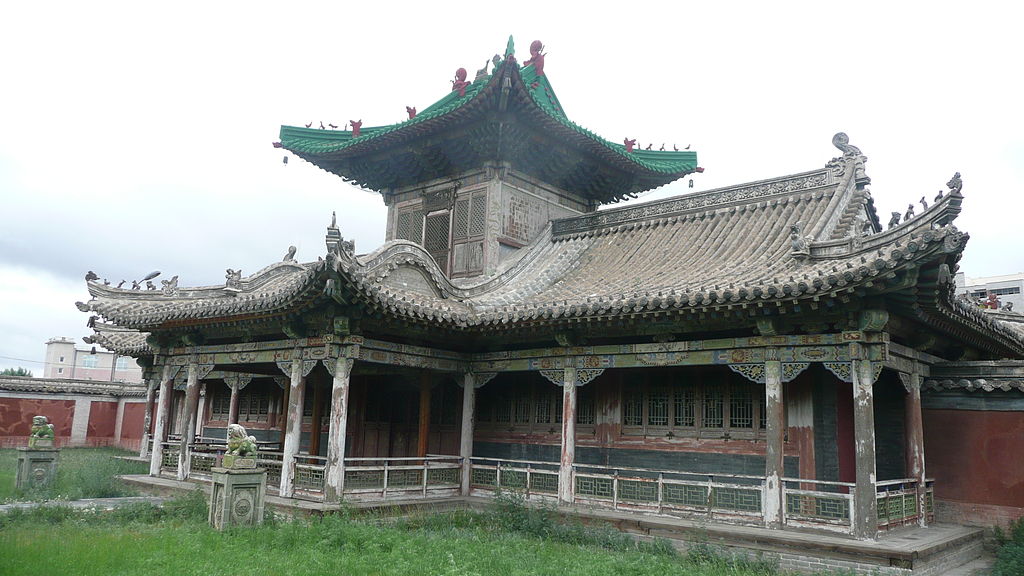
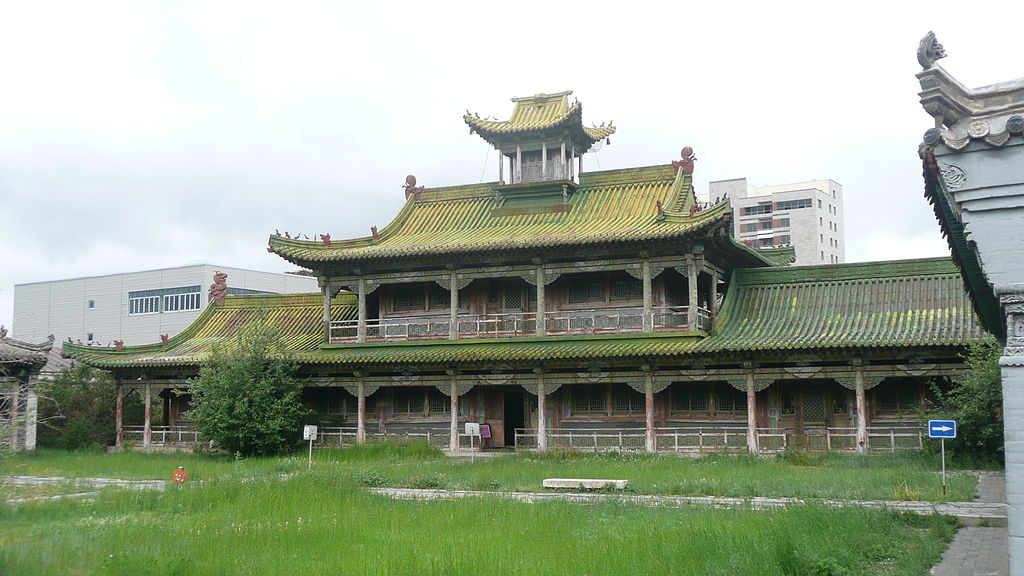
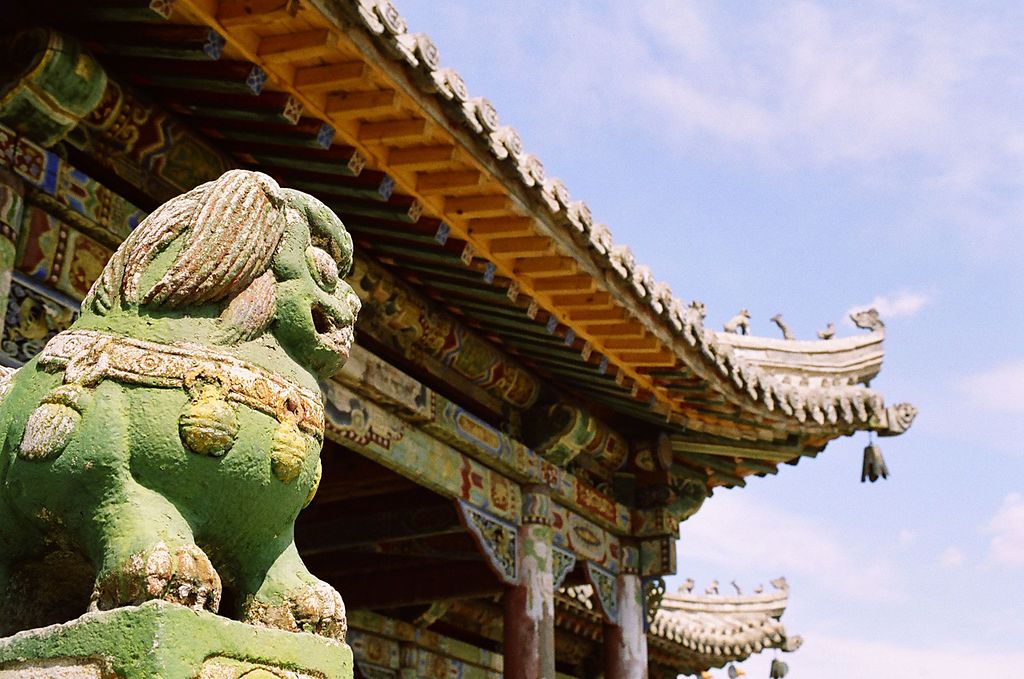
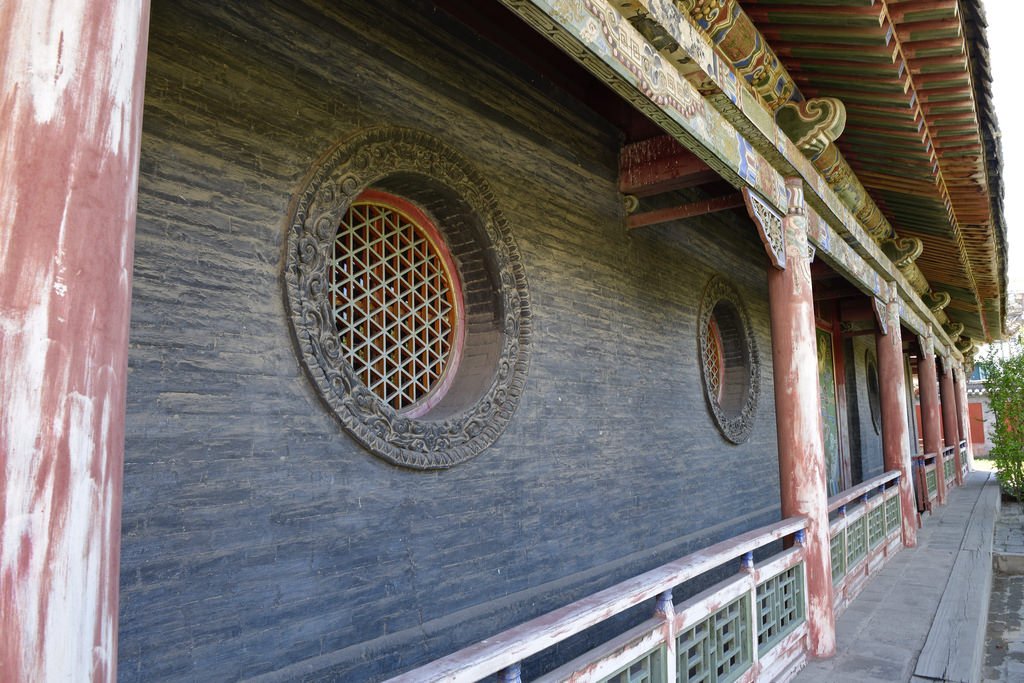
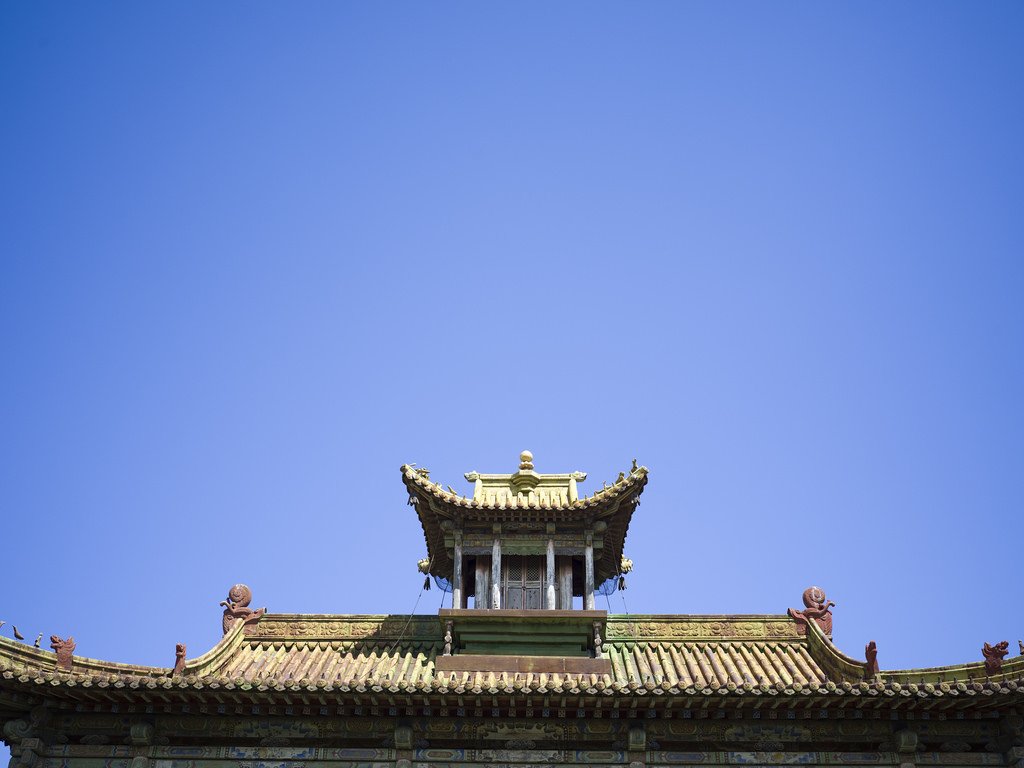
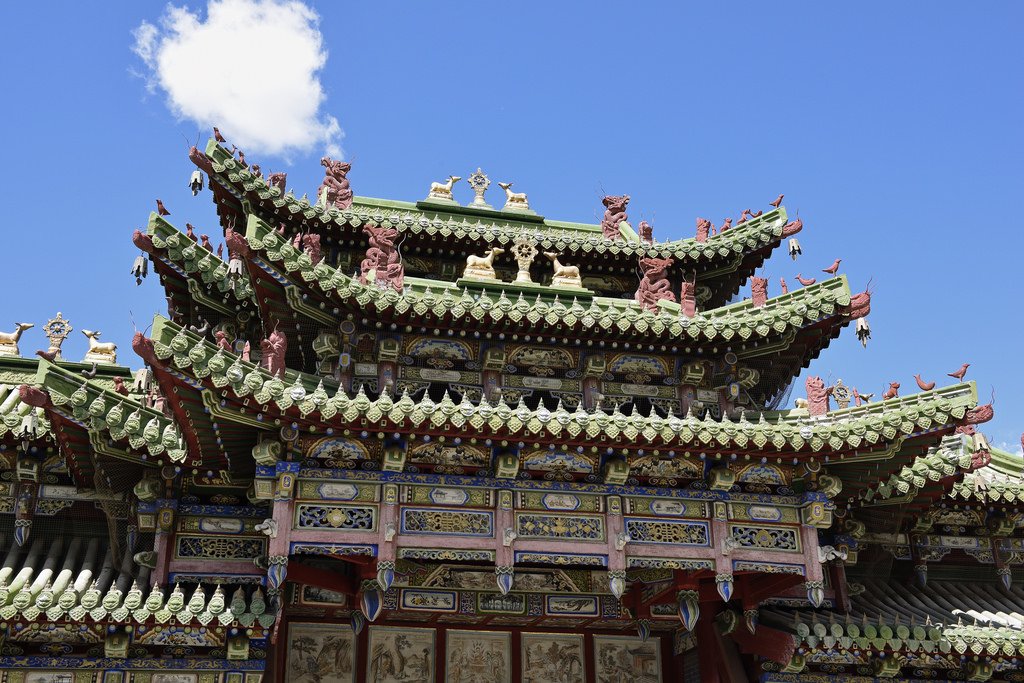
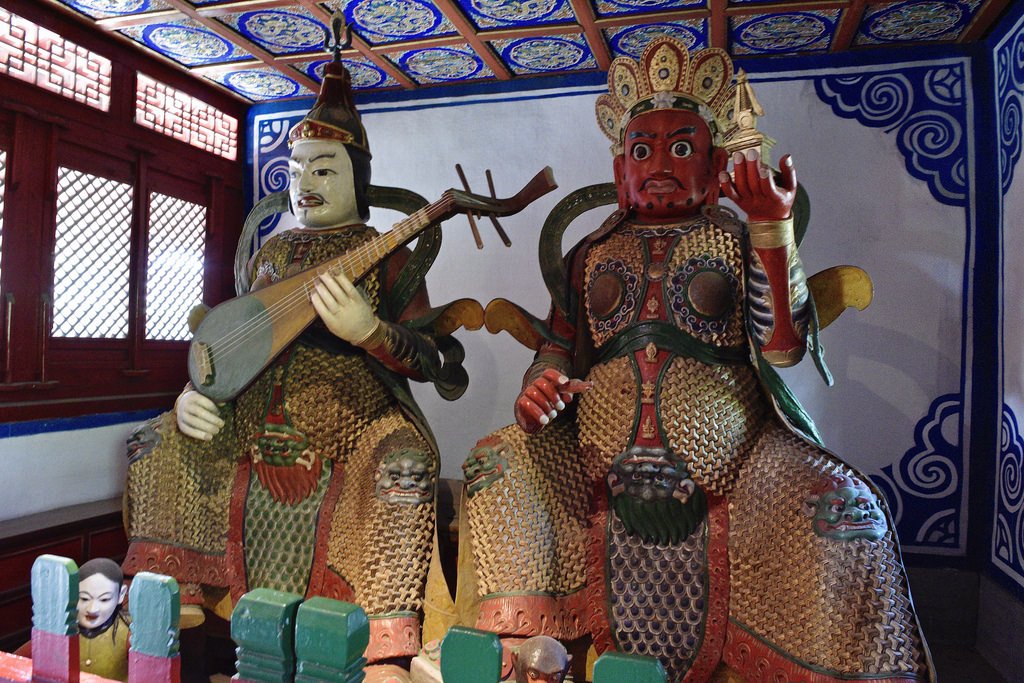
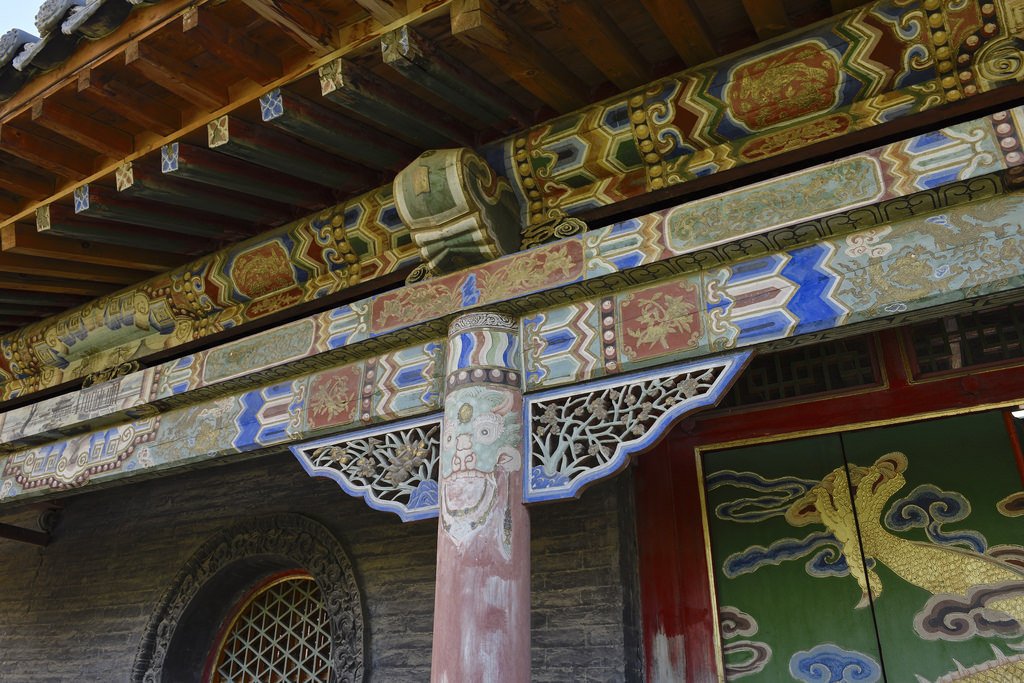
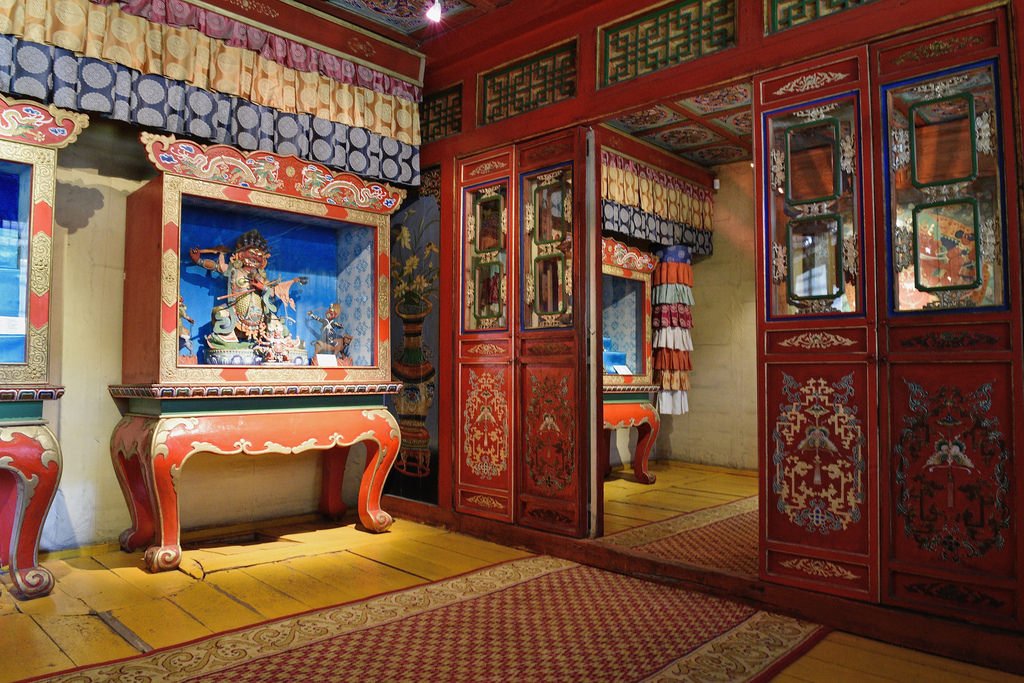
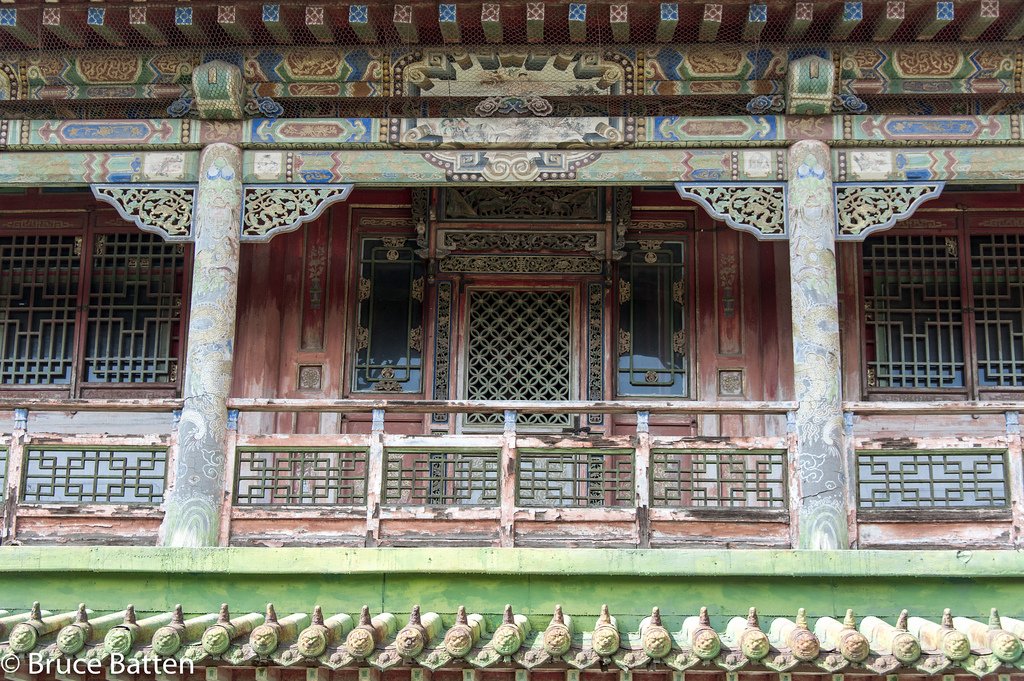
Video: Bogdo-gegen’s Palace
General Information
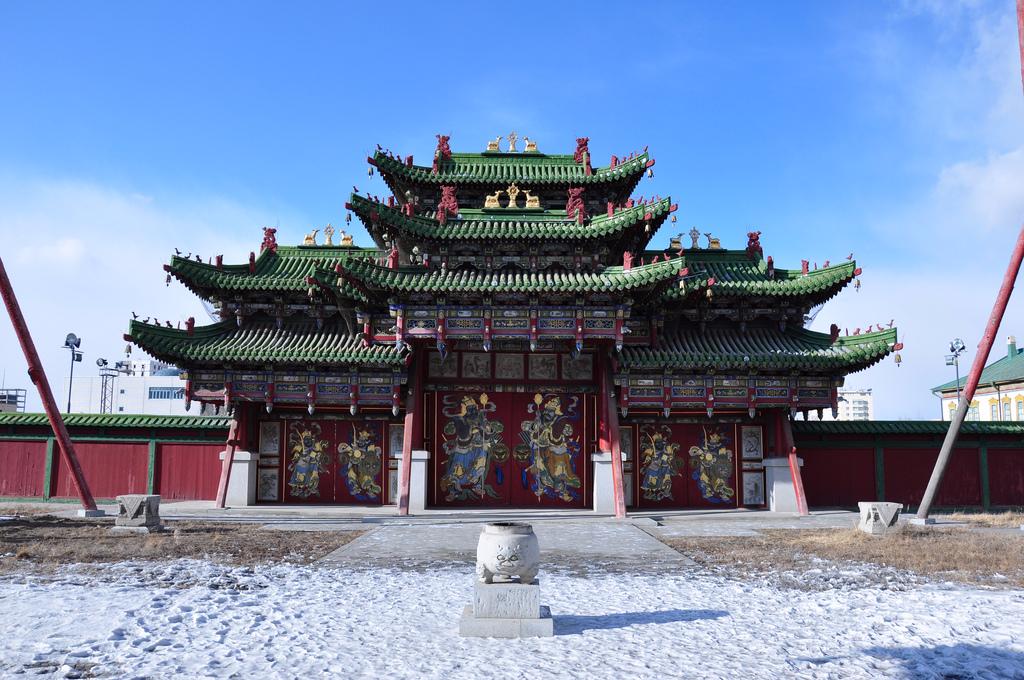
Here you will certainly be told the legend of how the Mongol Khan Khubilai, who ruled in Beijing, in every far corner of his numerous palaces ordered to sow only steppe grass and secluded himself there when his soul longed for his native Mongolian fragrant steppes.
.Another courtyard adjoins the eastern wall of the complex. Here is a two-story whitewashed house made of brick with a modest porch. This is the building ordered to build the last “living god”, Bogdo-gegen VIII, who liked the house where the Russian consulate was located. The roof of the building is covered with sheet iron, and painted with green paint, so the entire palace complex is often referred to by Mongolians as the Green Palace.
.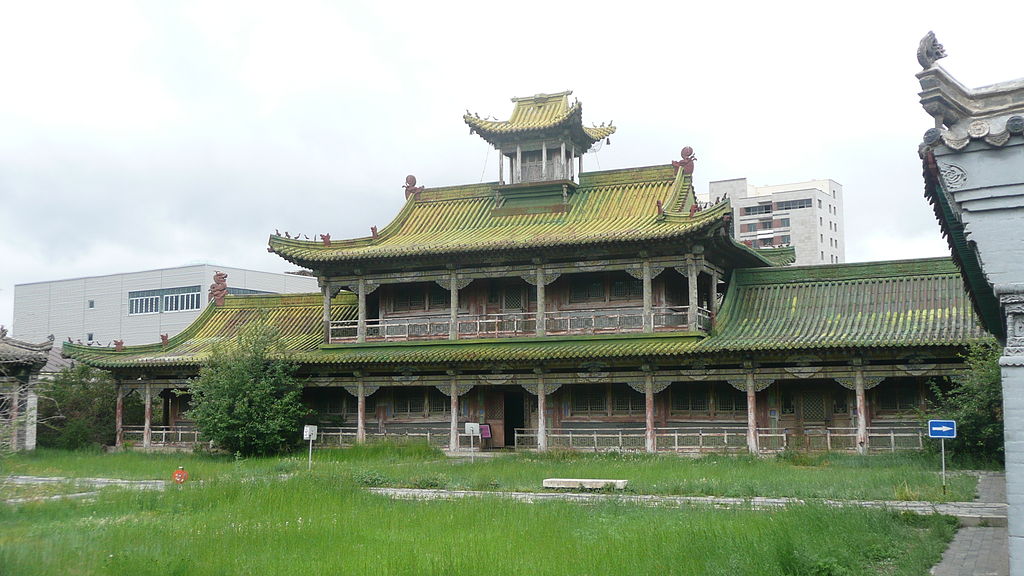
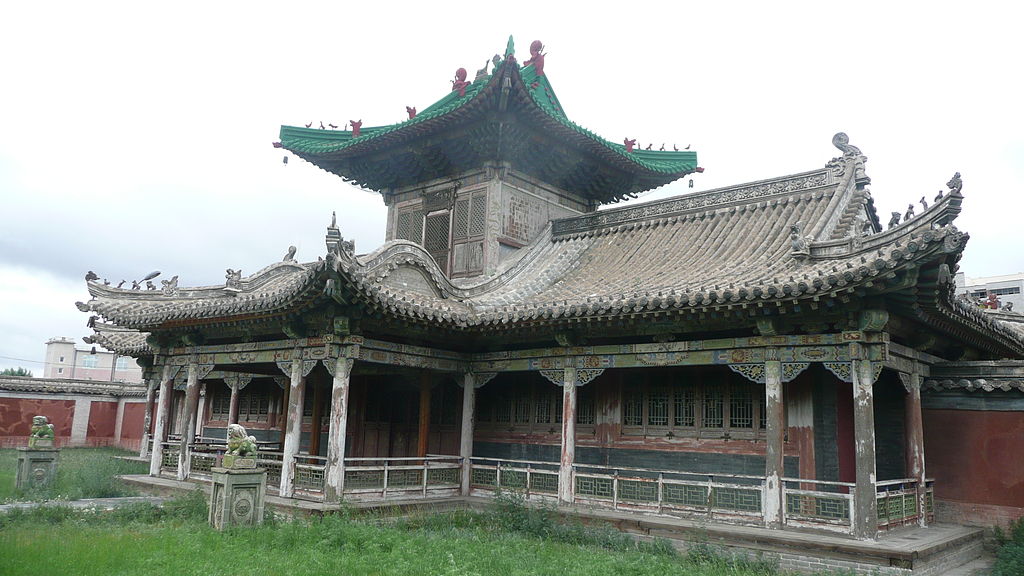
The last ruler had the fame of Russophile. Upon learning of the outbreak of war in 1914, he did not hesitate to order a prayer service in honor of the coming triumph of the Russian army, which he personally conducted. His guard was trained by Russian officers, and in his younger years he more often used an automobile presented by the Russian consul than a yellow stretcher. From Russia he had animals brought to him for the menagerie he had set up in his residence. There were cages and aviaries everywhere, where parrots, monkeys and dogs lived. Bogdo-gegen also found a place for an elephant bought from the Krasnoyarsk circus.
.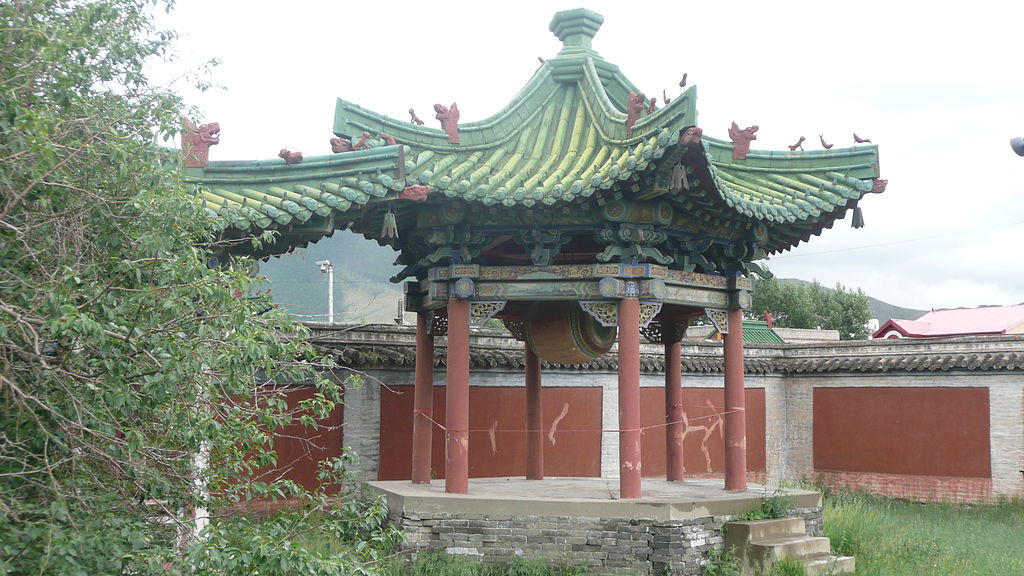
According to legend, Dzanabadzar created the sculptures after the death of his beloved, poisoned by lamas in the 21st year of life, so that the “living god” would not break the vow of celibacy, sacred in those times (17th century). The master gave the features of his beloved to the sculptures.
It is worth saying that by the twentieth century the Mongolian clergy began to show greater tolerance to this vow: the wife of the last Bogdo-gegen was elevated by the clergy to the rank of White Tara.
.Portraits of the couple hang in the museum near the throne. The ruler commissioned Baldugyin Sharav, the most famous Mongolian artist of the time, to paint them.
.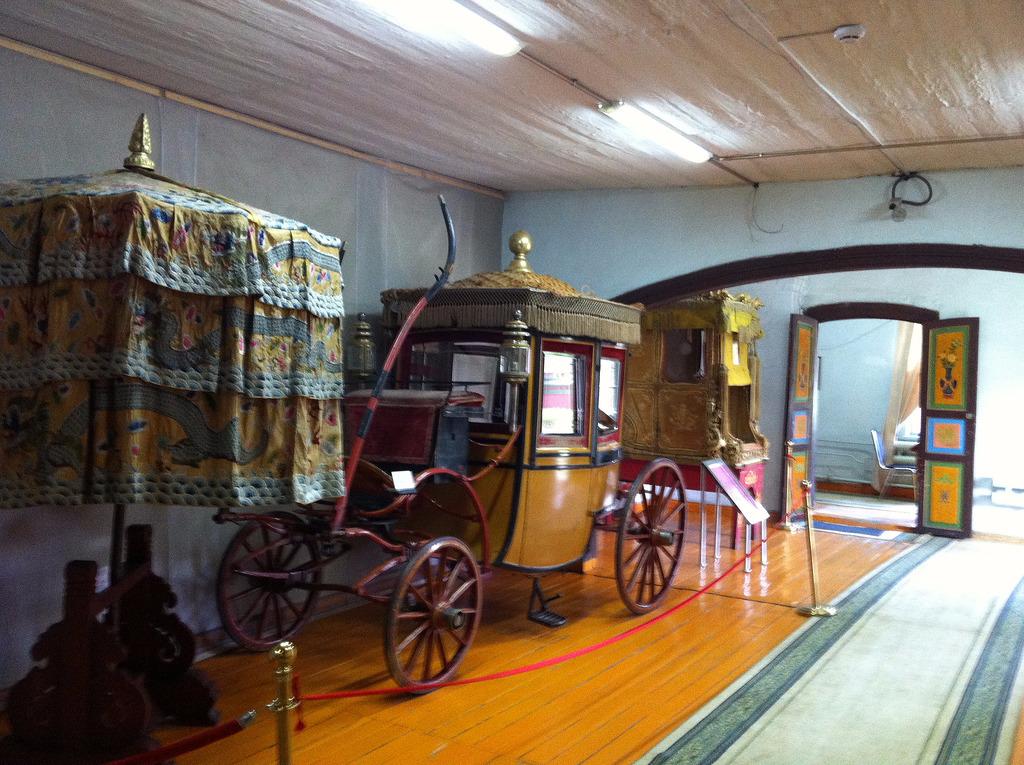
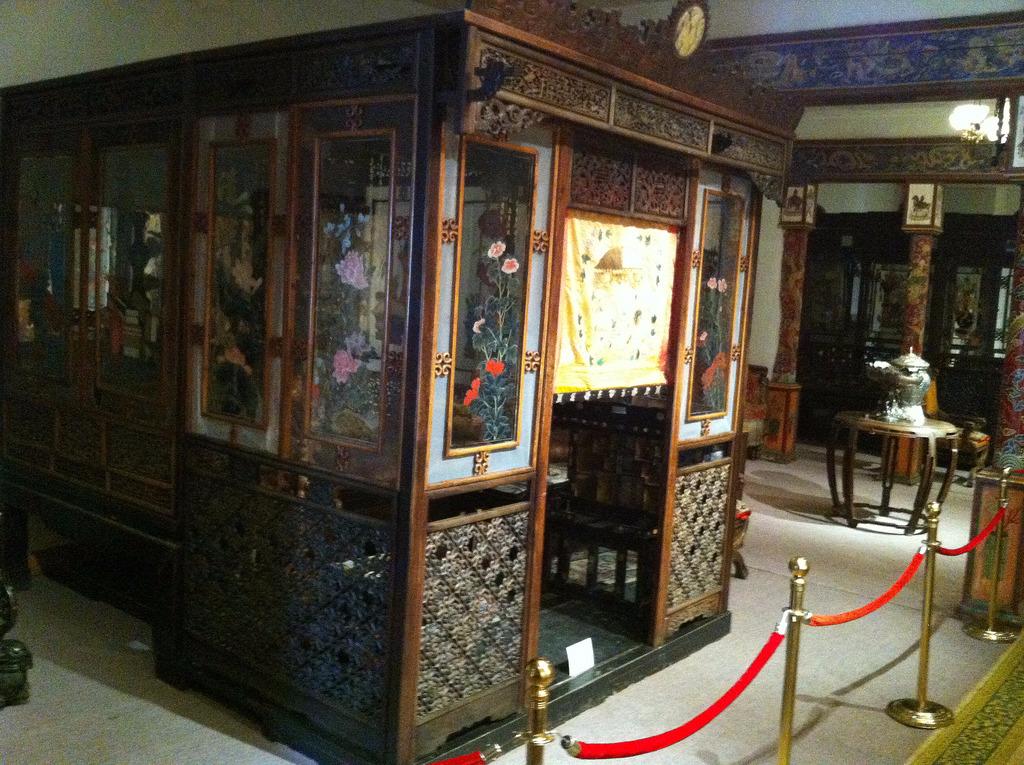
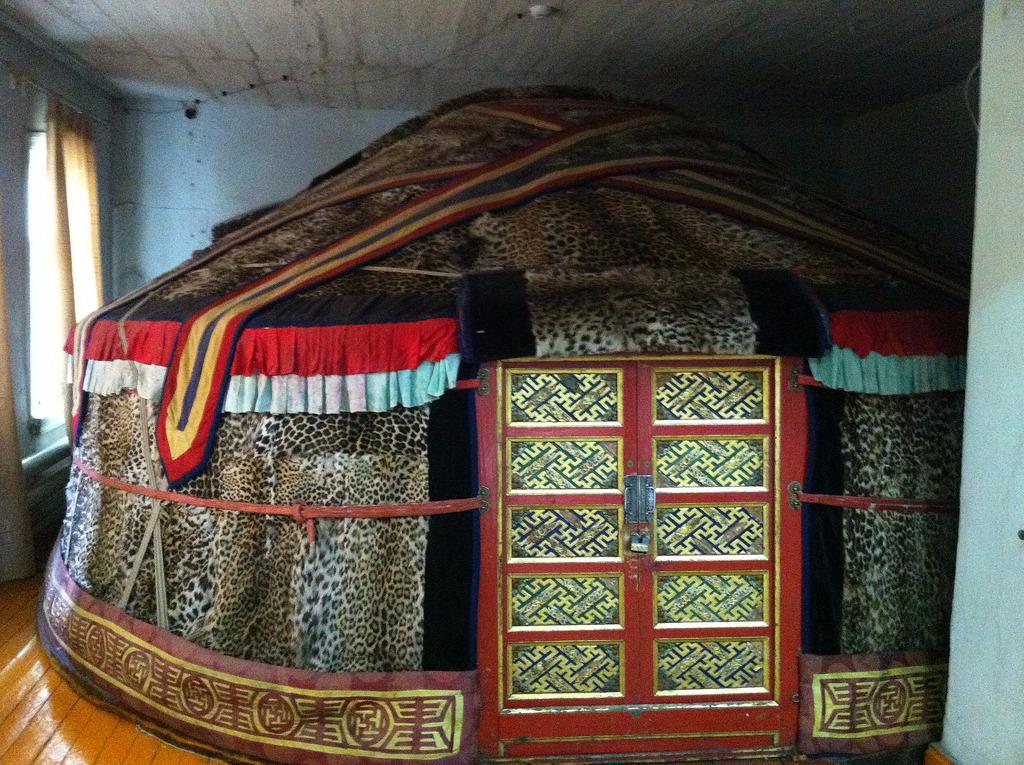
The museum exhibits another of Sharav’s creations depicting the life of Bogdo-gegenareterte’s winter residence. On a relatively small canvas, the artist depicted, as if from a bird’s eye view, the palace, outbuildings, aviaries, stables, managed to show in detail the life of the townspeople around the palace complex.
.Visitors
The museum’s opening hours and the price of admission tickets change periodically, but in 2017, from April 1 to September 14 it is open weekends from 9.00 to 20.00, and from September 15 to March 31 next year – from 9.00 to 17.00. Weekends are Tuesday, Wednesday. Ticket prices: 8000 MNT for adults; 3000 MNT for students, 1500 MNT for children. Photography and videography must be paid for separately, and the price for this pleasure should be specified, as it is constantly growing.
.